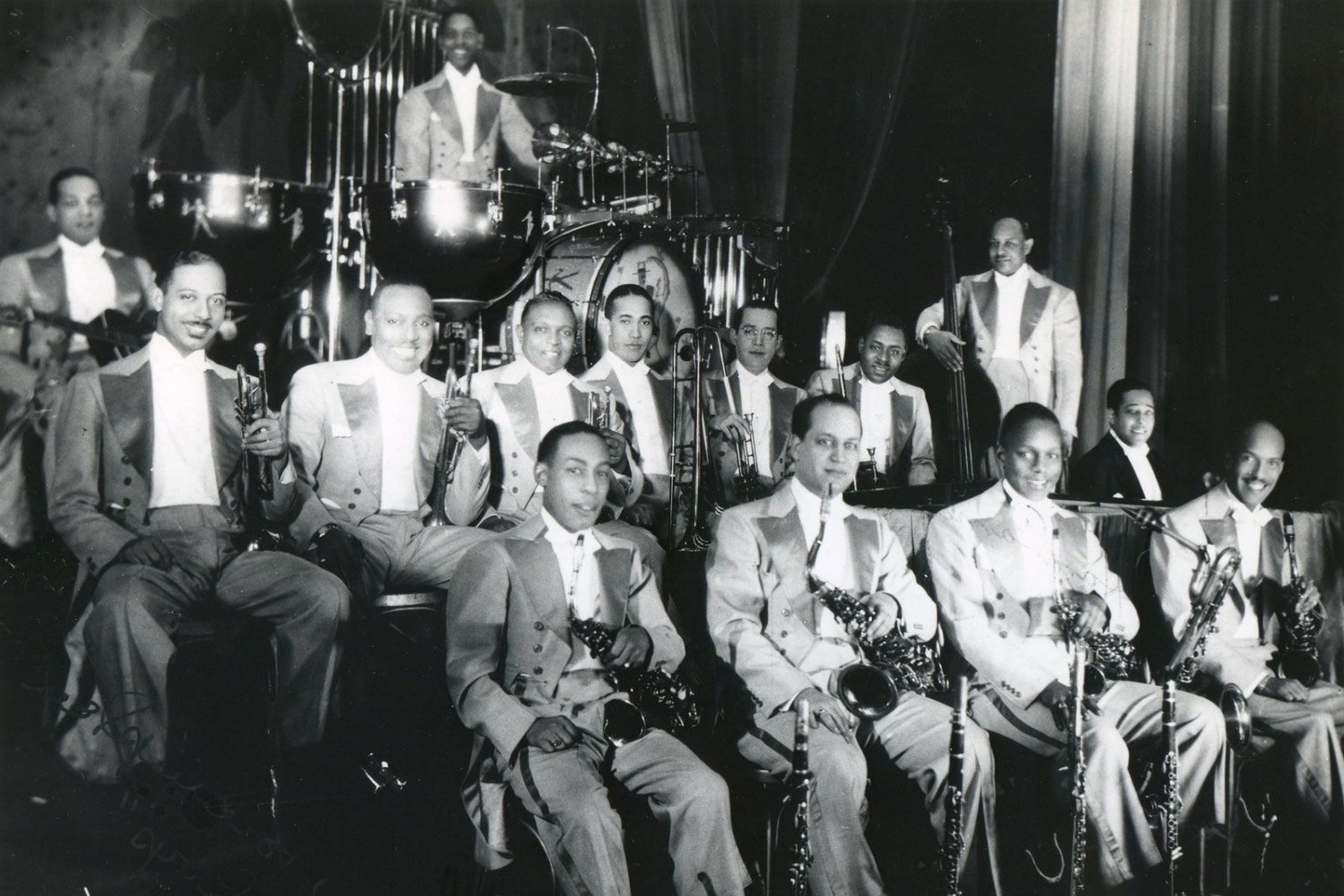
What made 1930s music so special? The 1930s was a decade of transformation in the music world. Jazz was at its peak, with legends like Duke Ellington and Louis Armstrong leading the charge. Swing music took dance floors by storm, bringing a new rhythm to people's lives. The Great Depression influenced many songs, reflecting the struggles and hopes of the era. Blues continued to evolve, giving voice to the African American experience. Meanwhile, the rise of the radio made music more accessible than ever before, connecting people across the nation. This decade laid the groundwork for future musical innovations, making it a pivotal period in music history.
Key Takeaways:
- The 1930s saw the rise of swing music, with iconic musicians like Benny Goodman and Ella Fitzgerald shaping the lively and hopeful sound of the era, providing an escape from the hardships of the Great Depression.
- Technological advancements in music, such as electrical recording and the popularity of radio and jukeboxes, helped spread the joyful and upbeat sounds of swing music far and wide, bringing comfort during tough times.
The Swing Era Takes Off
The 1930s saw the rise of swing music, a genre that brought joy during tough times. Swing bands became the heartbeat of the decade, filling dance halls with lively rhythms.
- Swing music became popular in the early 1930s, characterized by its strong rhythm section and brass instruments.
- Benny Goodman, known as the "King of Swing," helped popularize the genre with his big band performances.
- Duke Ellington and his orchestra were pivotal in shaping the sound of swing, blending jazz with sophisticated arrangements.
- Count Basie brought a unique style to swing, emphasizing a strong, steady beat and blues influences.
- The Savoy Ballroom in Harlem was a famous venue where swing music thrived, hosting legendary battles between big bands.
Iconic Musicians and Bands
The 1930s introduced many musicians who left a lasting impact on music history. These artists and bands defined the sound of the era.
- Glenn Miller and his orchestra became famous for hits like "In the Mood" and "Moonlight Serenade."
- Artie Shaw, a clarinetist and bandleader, was known for his smooth sound and innovative arrangements.
- Ella Fitzgerald, often called the "First Lady of Song," began her career in the 1930s with the Chick Webb Orchestra.
- Billie Holiday, a jazz and blues singer, gained fame for her emotive voice and poignant lyrics.
- The Dorsey Brothers, Tommy and Jimmy, were influential bandleaders who later went on to have successful solo careers.
Technological Advances in Music
The 1930s saw significant technological advancements that changed how music was recorded and consumed. These innovations helped spread the sounds of the decade far and wide.
- The introduction of electrical recording improved sound quality, making records clearer and more enjoyable.
- Radio became a crucial medium for music, with shows like "Your Hit Parade" bringing the latest hits to listeners.
- The jukebox gained popularity, allowing people to play their favorite songs in diners and bars.
- Microphones improved, enabling singers to use a softer, more intimate vocal style.
- Film musicals became popular, with stars like Fred Astaire and Ginger Rogers bringing music and dance to the big screen.
The Influence of the Great Depression
The Great Depression had a profound impact on music in the 1930s. Despite economic hardships, music provided an escape and a sense of hope.
- Blues music reflected the struggles of the time, with artists like Robert Johnson singing about hardship and sorrow.
- Woody Guthrie became a voice for the common people, writing songs about the Dust Bowl and the plight of workers.
- Big band music offered an escape from daily struggles, with its upbeat and lively sound.
- Gospel music gained popularity, providing spiritual solace during tough times.
- Work songs and folk music were often performed at gatherings, helping to build community and solidarity.
The Birth of New Genres
The 1930s were a time of musical experimentation, leading to the birth of new genres that would shape future music trends.
- Boogie-woogie, a style of blues piano, became popular with its fast tempo and repetitive bass patterns.
- Western swing combined country music with swing, creating a danceable sound that was popular in the American Southwest.
- Gypsy jazz, pioneered by Django Reinhardt, blended jazz with European folk music.
- Latin music began to influence American jazz, with artists like Xavier Cugat bringing Cuban rhythms to the mainstream.
- R&B started to emerge, laying the groundwork for future genres like rock and roll and soul.
The Legacy of 1930s Music
1930s music left a lasting impact on the world. Swing and jazz dominated the airwaves, bringing joy during tough times. Artists like Duke Ellington and Billie Holiday became household names, influencing future generations. The decade also saw the rise of big bands, creating a new sound that still resonates today.
Technological advances, like the electric guitar, changed how music was made and heard. Radio became a crucial medium, spreading new tunes far and wide. This era wasn't just about entertainment; it reflected societal changes and struggles.
Understanding 1930s music helps us appreciate its role in shaping modern genres. Its rhythms, melodies, and innovations continue to inspire musicians and listeners alike. So next time you hear a swing tune or a jazz standard, remember its roots in the vibrant, resilient spirit of the 1930s.
Frequently Asked Questions
Was this page helpful?
Our commitment to delivering trustworthy and engaging content is at the heart of what we do. Each fact on our site is contributed by real users like you, bringing a wealth of diverse insights and information. To ensure the highest standards of accuracy and reliability, our dedicated editors meticulously review each submission. This process guarantees that the facts we share are not only fascinating but also credible. Trust in our commitment to quality and authenticity as you explore and learn with us.
